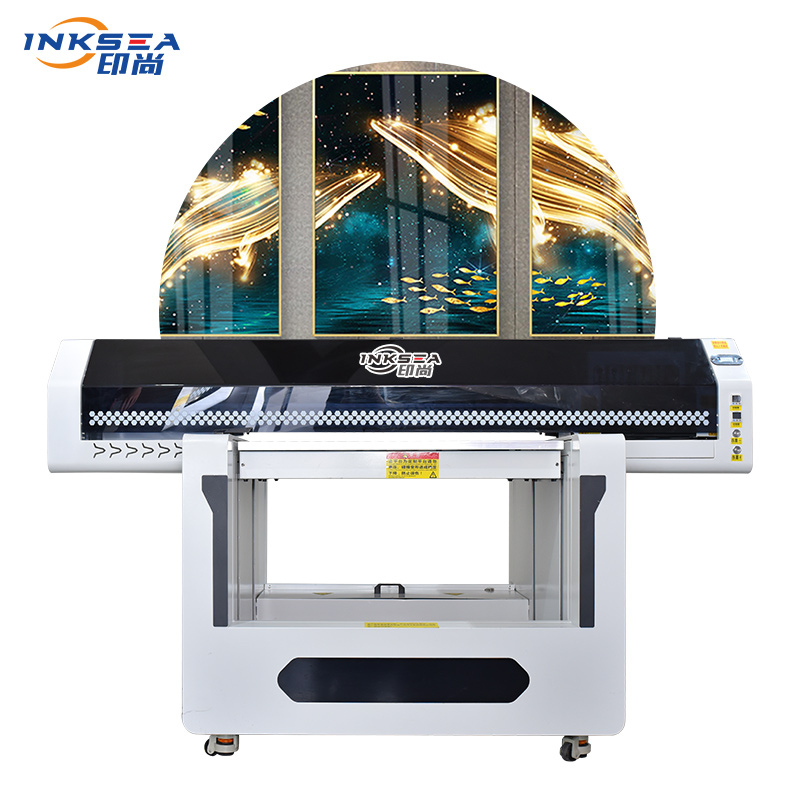Revolutionizing Phone Case Printing: A Comparison of Traditional Methods vs. UV Printing
2024-04-07
Introduction:
In the world of custom phone case printing, the method used to transfer designs onto the case surface plays a crucial role in determining the quality, durability, and versatility of the final product. Traditional printing methods have long been employed for this purpose, but in recent years, UV printing has emerged as a game-changer, offering numerous advantages over its traditional counterparts. In this blog, we'll explore how the printing process differs between traditional methods and UV printing for phone cases, highlighting the unique benefits of each approach.
Traditional Printing Methods:
Screen Printing:
Screen printing is one of the most common traditional methods used for printing on phone cases. In this process, a design is transferred onto a mesh screen, and ink is applied to the screen, passing through the stencil onto the phone case surface. Screen printing offers excellent color vibrancy and durability but is limited in its ability to reproduce intricate designs and gradients.
Pad Printing:
Pad printing, also known as tampography, involves transferring a design from a printing plate onto a silicone pad, which then transfers the ink onto the phone case surface. This method is well-suited for printing on curved or irregular surfaces and offers precise registration and consistent results. However, pad printing may be limited in color options and resolution.
Heat Transfer Printing:
Heat transfer printing involves printing a design onto a transfer paper using specialized ink and then transferring the design onto the phone case surface using heat and pressure. This method is popular for its ability to produce full-color prints with intricate details and gradients. However, heat transfer prints may lack durability and longevity compared to other methods.
UV Printing:
Direct-to-Substrate Printing:
UV printing for phone cases involves printing designs directly onto the surface of the phone case using UV-curable inks. The printing process is quick and efficient, with UV inks drying instantly upon exposure to ultraviolet light. UV printing offers vibrant colors, sharp detail, and excellent adhesion to a wide range of substrates, including plastic, metal, and glass.
3D Relief Capabilities:
One of the standout features of UV printing for phone cases is its ability to create 3D relief effects. By utilizing specialized printing techniques and advanced software algorithms, UV printers can produce raised or embossed textures that add depth and tactile interest to printed designs. This feature sets UV printing apart from traditional methods and allows for greater creativity and customization options.
Versatility and Adaptability:
UV printing is highly versatile and adaptable, allowing for the printing of intricate designs, photographs, text, and logos with precision and accuracy. UV printers can accommodate a wide range of phone case materials, shapes, and sizes, making them suitable for various phone models and customization requirements.
Conclusion:
In summary, while traditional printing methods have their merits, UV printing has revolutionized the phone case printing industry with its speed, versatility, and quality. UV printing offers superior color reproduction, durability, and customization options compared to traditional methods, making it the preferred choice for businesses and individuals seeking to create high-quality, personalized phone cases that stand out in a crowded market. With its ability to produce vibrant prints with 3D relief effects on a wide range of substrates, UV printing has truly transformed the way phone cases are printed and personalized, setting new standards of excellence in the industry.



